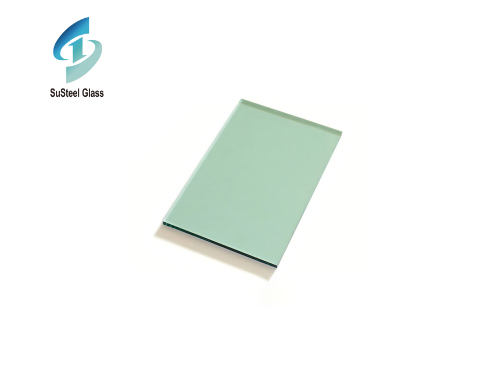Introduction:
In bustling urban environments or noisy neighborhoods, the intrusion of unwanted sounds into living spaces can be a significant source of stress.
Soundproofing windows has emerged as a practical solution to create a peaceful and quiet indoor environment. This article explores the benefits of soundproofing windows and various methods to achieve optimal noise reduction.
The Importance of Soundproofing Windows
Noise Reduction for Peaceful Living:
Soundproofing windows play a crucial role in minimizing external noises, allowing residents to enjoy a serene and peaceful living space. This is particularly beneficial for homes located near busy streets, airports, or other high-noise areas.
Improved Sleep Quality:
Uninterrupted sleep is essential for overall well-being. Soundproof windows create a barrier against external noises, promoting a quieter and more restful sleep environment.
Enhanced Focus and Productivity:
For those working or studying from home, a quiet environment is conducive to focus and productivity. Soundproofing windows help create an ideal setting by reducing distractions from street noise or other external disturbances.
Methods of Soundproofing Windows
Double or Triple Glazing:
Installing double or triple-pane windows creates an additional layer of insulation, reducing the transmission of sound waves. The air space between the panes acts as a buffer, enhancing the window's soundproofing capabilities.
Weather Stripping:
Proper sealing of windows with high-quality weather stripping helps eliminate gaps and cracks that may allow sound to penetrate. This simple yet effective method enhances the window's ability to block external noise.
Heavy Curtains or Drapes:
Thick and dense curtains or drapes can serve as an additional barrier against sound. Opt for materials with mass and density to absorb and dampen incoming noise.
Acoustic Window Films:
Applying acoustic window films is an effective and cost-efficient way to soundproof existing windows. These films are designed to reduce noise transmission while allowing natural light to pass through.
Window Inserts:
Acoustic window inserts, typically made from materials like laminated glass or acrylic, can be added to existing windows to improve sound insulation. These inserts are easy to install and provide an extra layer of protection against noise.
Choosing the Right Soundproofing Method
Assessing Noise Sources:
Identify the primary sources of noise to determine the most effective soundproofing method. Different approaches may be required for traffic noise, loud neighbors, or other specific sources.
Budget Considerations:
Evaluate the budget available for soundproofing. While some methods may require a more substantial investment, there are cost-effective solutions that can significantly improve sound insulation.
Aesthetic Preferences:
Consider the aesthetic impact of soundproofing methods on the overall appearance of the windows and the room. Choose solutions that align with the interior design while delivering effective noise reduction.
Conclusion
Soundproofing windows is a practical and valuable investment for creating a tranquil living environment. Whether aiming to mitigate traffic noise, loud neighbors, or other disturbances, the variety of soundproofing methods available allows homeowners to tailor solutions to their specific needs and preferences. By implementing these techniques, individuals can transform their living spaces into peaceful retreats, free from the disruptions of external noise.


 Exploring the World of Green Tinted Glass Products: Versatility and Sustainability
Exploring the World of Green Tinted Glass Products: Versatility and Sustainability
 Exploring the Versatility and Elegance of Custom Thick Glass
Exploring the Versatility and Elegance of Custom Thick Glass



